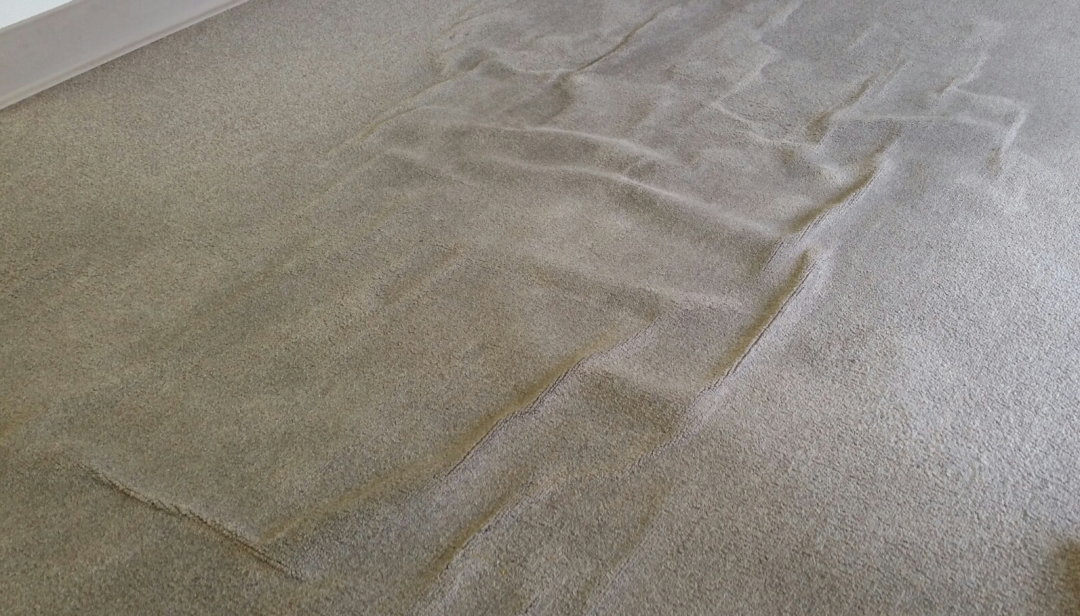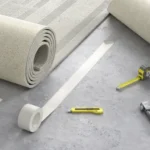Carpet stretching is supposed to eliminate wrinkles and ripples, restoring a smooth and even surface. However, if ripples persist after the process, it can be frustrating. Understanding the causes and proper solutions can help ensure long-lasting results.
Ripples in Carpets After Stretching: What Went Wrong?
If ripples reappear soon after stretching, something likely went wrong during the process. Here are some common mistakes that can lead to this issue:
Improper Stretching Technique
Carpet must be stretched using a power stretcher, not just a knee kicker. Without proper tension, ripples may return.
Low-Quality or Worn-Out Carpet Backing
Some carpets lose elasticity over time, making it difficult for them to hold a stretch.
Humidity and Temperature Changes
Carpets expand and contract with moisture levels, which can lead to rippling if not accounted for during installation.
Furniture Placement Too Soon
Placing heavy furniture back onto the carpet too quickly can prevent it from settling properly.
Old or Loose Tack Strips
If the strips securing the carpet aren’t in good condition, they may not hold the stretch effectively.
Does Carpet Stretching Always Remove Ripples?
While professional carpet stretching significantly reduces ripples, some cases require additional repairs. If the carpet has severe wear, delamination (separation of layers), or excessive stretching from previous installations, it may not fully return to a smooth state. In such cases, patching, reinstallation, or even replacement might be the best option.
Also read: What to Expect from a Professional Service
How to Prevent Ripples in Carpets After Stretching
To maintain a smooth, ripple free carpet, consider these expert tips:
- Hire Professionals for Proper Installation – When a carpet is installed properly with just the right tension, it’s much less likely to develop those annoying ripples. Consider hiring a professional for carpet stretching services to keep your space looking great.
- Control Indoor Humidity – Keeping humidity levels stable can prevent unnecessary carpet expansion and contraction.
- Use a Power Stretcher – Always ensure a power stretcher is used for installation and restretching, as it provides the necessary tension.
- Wait Before Placing Heavy Furniture – Give the carpet at least 24 hours to settle before repositioning furniture.
- Address Issues Early – If ripples start forming, get them fixed immediately to prevent further damage.
DIY Stretching Cause Ripples in Carpets
Many homeowners try DIY carpet stretching to save a little money, but using improper techniques can sometimes lead to pesky ripples coming back. Hiring a professional service means they have the tools and techniques required to give you results that last. We recommend an expert carpet stretching rather than DIY fixes to avoid ripples and add a proper finishing.
Final Thoughts
As a professional flooring contractor in Missouri with over 10 years of experience, we understand the challenges homeowners face. Persistent ripples after carpet stretching often result from improper techniques, environmental factors, or worn-out materials. A professional approach ensures the carpet is stretched correctly and secured properly, preventing future issues. If you’re struggling with stubborn ripples, expert service is the best way to achieve a smooth, long-lasting finish.



